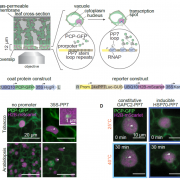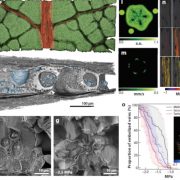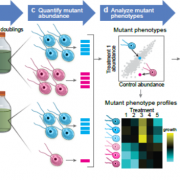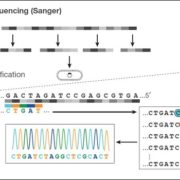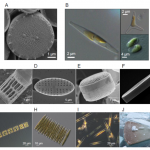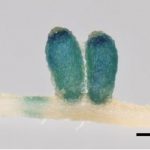High-frequency random DNA insertions upon co-delivery of CRISPR-Cas9 ribonucleoprotein and selectable marker plasmid in rice (Sci Reports)
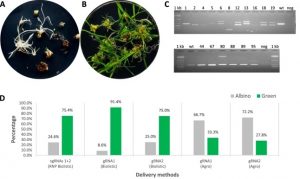 Genome editing through CRISPR/Cas9 holds so much promise for plant breeders, including potentially the ability to overcome the public’s displeasure with conventional GMOs. Still, the gene-editing RNAs and enzymes must get into the plant cell in order to work. Banakar et al. have compared three methods in terms of both the efficiency of gene editing and the introduction of unintended insertions or rearrangements at the target site. They compared delivery of CRISPR reagents (1) as plasmid DNA through Agrobacterium-mediated transformation, (2) as DNA through biolistic bombardment, and (3) as a ribonucleoprotein (RNP) complex through biolistic bombardment. Because the editing frequency has been shown to be lower when the reagents are delivered as RPN complex, they also included a DNA-encoded selectable marker. They found that both biolistic methods led to a high-frequency of insertions at the target site. The authors point out that these can easily be overlooked in PCR-based screens of the resulting plants. (Summary by Mary Williams) Sci Reports 10.1038/s41598-019-55681-y
Genome editing through CRISPR/Cas9 holds so much promise for plant breeders, including potentially the ability to overcome the public’s displeasure with conventional GMOs. Still, the gene-editing RNAs and enzymes must get into the plant cell in order to work. Banakar et al. have compared three methods in terms of both the efficiency of gene editing and the introduction of unintended insertions or rearrangements at the target site. They compared delivery of CRISPR reagents (1) as plasmid DNA through Agrobacterium-mediated transformation, (2) as DNA through biolistic bombardment, and (3) as a ribonucleoprotein (RNP) complex through biolistic bombardment. Because the editing frequency has been shown to be lower when the reagents are delivered as RPN complex, they also included a DNA-encoded selectable marker. They found that both biolistic methods led to a high-frequency of insertions at the target site. The authors point out that these can easily be overlooked in PCR-based screens of the resulting plants. (Summary by Mary Williams) Sci Reports 10.1038/s41598-019-55681-y


